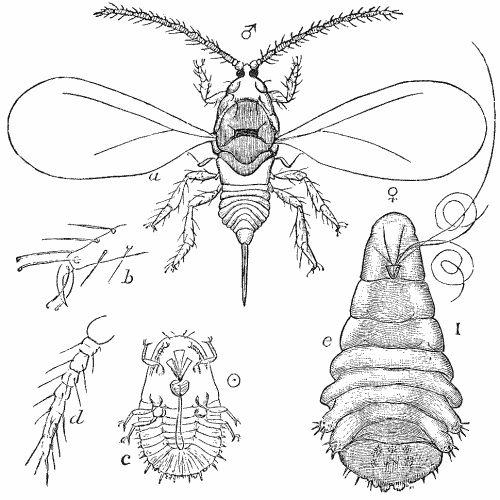
Shellac is a natural by-product of the lac beetle’s secretions.
Like so many craftsy kids who grew up in the 60’s and 70’s, I had my own rock polisher, a wood-burning set, access to my dad’s tools, collections of yarn and twine, old National Geographics, mucelage, rubber cement and shellac, and a basement, attic and garage for a studio. Whether I was making fake antique signs or a decoupage vase, I always seemed to have an open can of shellac, and learned to associate it’s candy amber gloss with other craft icons of the era such as tie dye, macrame, stamped leather, etc. It’s peculiar how such ancient techniques were consistently defamed by their appropriation into middle class America in the 1960’s and 70’s.
I haven’t changed much since then, and I live in a place that is almost entirely and un-self-consciously unreconstructed since about circa 1978, so maybe it’s fitting I should be reconsidering shellac. But there’s more to it. As a wood finish, shellac meets my requirements on several key levels:
1. Shellac is a non-toxic by-product of secretions by the lac beetle (lacifer lacca), whose flakes are easily dissolved in denatured alcohol, another bio-degradable agent, so it uses no harmful chemicals or petroleum products.
2. Shellac can be applied at almost any reasonable temperature or humidity level, so is particularly well-suited to our typically cool, damp conditions; and it dries fast, reducing time for application of multiple coats.
3. Shellac penetrates the wood and seals it while protecting from darkening through exposure to light. Also, by using de-waxed flakes that have been processed to make a clear resin, it’s possible to attain a very pale finish on wood.
4. Shellac is easily repaired, and its surface can be rendered virtually flat either through the use of polishing abrasives or integral ‘flattening agents’.
Shellac has been used in some form since ancient times as a wood finish, gaining wide-spread popularity in the 17th and 18th centuries in the form of a technique called ‘French Polish’, but was rendered practically obsolete during the Industrial Revolution with the introduction of varnishes and oil-based resins. I’ve spent the majority of my wood-working career trying to match my approach to wood with an appropriate finishing technique, having most recently convinced myself that wood is best left raw, gaining a patina through exposure to the elements over time. My recent rediscovery of shellac has me thinking otherwise, and I’ve begun using it exclusively for all of my interior projects. Who knows, maybe I’ll break out the rock polisher next.

Alcohol is very hygroscopic and can be hard to store for any length of time without it absorbing water from the air: which can create hazing –that aside, it is a marvelous thing. I put a drop of castor oil in it to thicken it and extend drying, and put a drop of venetian turpentine in as a plastisizer and to increase gloss. If you get pure alcohol, you can dissolve seed lac which is beautiful for making dead matt gold…….don’t get me started on shellac!